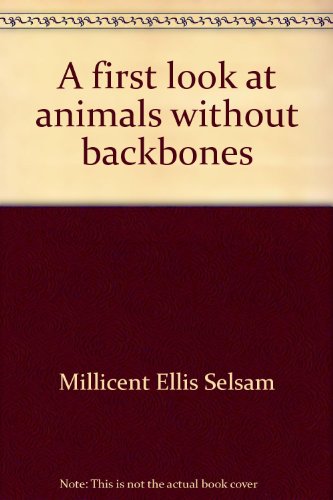-
Animals Without Backbones
Elaine Pascoe, Dwight Kuhn
Library Binding (Powerkids Pr, Aug. 1, 2003)Describes the physical characteristics, behavior, and habitat of animals that do not have internal skeletal systems. P
P
-
Animals Without Backbones
Bobbie Kalman
Paperback (Crabtree Pub Co, Sept. 30, 2008)Describes the different kinds of invertebrates and how they function without backbones, including sponges, worms, squids, crustaceans, insects, and spiders. R
R
-
Animals With Backbones
Elaine Pascoe, Dwight Kuhn
Library Binding (Powerkids Pr, Aug. 1, 2003)Simple text and illustrations introduce the characteristics of the major groups of vertebrates: fish, amphibians, reptiles, birds, and mammals.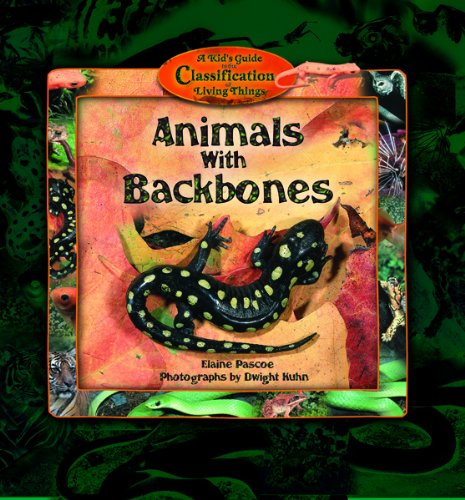 O
O
-
Animals Without Backbones
Bobbie Kalman
Library Binding (Crabtree Pub Co, Sept. 30, 2008)Describes the different kinds of invertebrates and how they function without backbones, including sponges, worms, squids, crustaceans, insects, and spiders.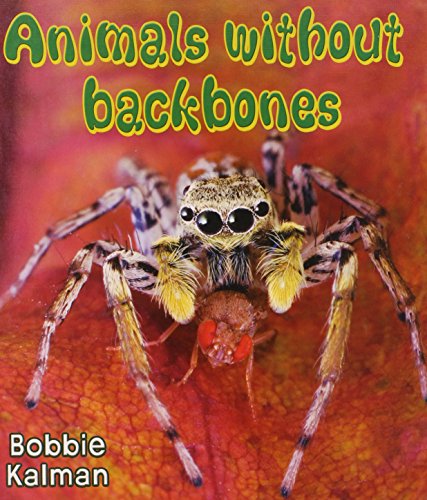 R
R
-
Animals with Backbones, Grades 1-3
Evan Moor
Paperback (Evan Moor Educational Publishers, Nov. 1, 1998)Animals with Backbones covers these concepts: animals with backbones are called vertebrates, body characteristics and growth of vertebrates, hunting, gathering, and eating habits of vertebrates, vertebrate adaptation and self defense, and where vertebrates live. A variety of engaging activities present the concepts in ways that students can understand. Each concept presented includes: teacher directions for lessons and reproducible resource pages such as sets of picture cards, minibooks, and lab sheets to record the results of hands-on investigations. O
O
-
Animals Without Backbones, Grades 1-3
Evan Moor
Paperback (Evan Moor Educational Publishers, Nov. 1, 1998)Animals Without Backbones covers these concepts: animals without backbones are called invertebrates, invertebrates are classified by their body characteristics, most kinds of invertebrates live in the ocean, invertebrates have developed different ways of acquiring food, invertebrates movements are adapted to the animals needs, invertebrates have developed many forms of self-defense, and some invertebrates build homes. A variety of engaging activities present the concepts in ways that students can understand. Each concept presented includes: teacher directions for lessons and reproducible resource pages such as sets of picture cards, minibooks, and lab sheets to record the results of hands-on investigations. K
K
-
Animals Without Backbones: Invertebrates
Bridget Anderson
Hardcover (Charlesbridge, Feb. 1, 2003)If you are asked to picture an animal, what comes to your mind first? A dog? A bird? Perhaps a zebra? Chances are you thought of a vertebrate, an animal with a backbone. But vertebrates, which include the animals we are most familiar with--mammals, birds, fish, reptiles, and amphibians--actually make up less than 5% of all animal species. All the rest of the animals alive today--more than 95%--are invertebrates, animals without backbones. Can you picture a spotted ladybug, spiny sea urchin, or slimy garden slug? ANIMALS WITHOUT BACKBONES: INVERTEBRATES explores the lives of the many fascinating creatures.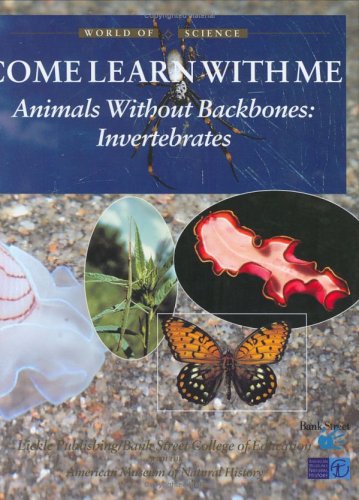 R
R
-
A First Look at Animals With Backbones and A First Look at Animals Without Backbones
Joyce Hunt
Paperback (iUniverse, Sept. 18, 2003)There are more than a million different kinds of animals in the world. Only 50,000 of these have backbones, and are called vertebrates. The rest are animals without backbones, called invertebrates. This book gives an overall view of these animals and shows the young reader how to distinguish between the major groups. It was awarded Outstanding Science Book for Children. N
N
-
Animals with Backbones
Elaine Pascoe
Paperback (PowerKids Press, Aug. 1, 2003)Trees, insects, mushrooms, and birds are just four of the millions of different things in the world. How do we keep track of them all? asks author Elaine Pascoe. Animals With Backbones proceeds to explain just that. With information on backbones plus the unique traits of fish, amphibians, reptiles, birds, and mammals, this book will have students excited about the animal kingdom.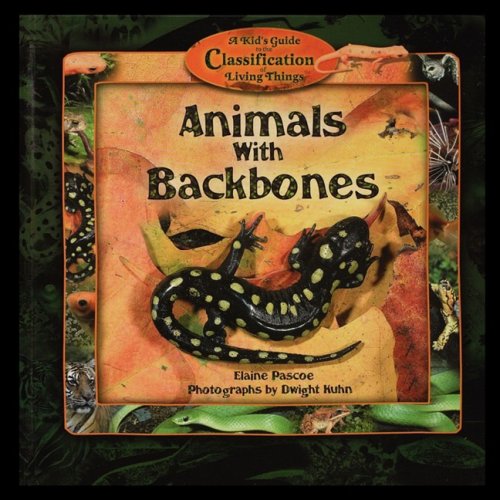 M
M
-
a first look at animals without backbones
joyce selsam, millicent & hunt
Hardcover (Walker, March 15, 1976)None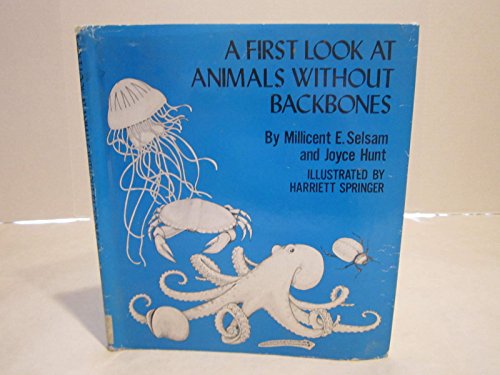
-
A First Look at Animals Without Backbones
Millicent Ellis Selsam
Library Binding (Walker & Co, Oct. 1, 1976)An introduction to the characteristics of the major groups of invertebrates. P
P
-
A first look at animals without backbones
Millicent Ellis Selsam
Unknown Binding (Walker, March 15, 1976)An introduction to the characteristics of the major groups of invertebrates.